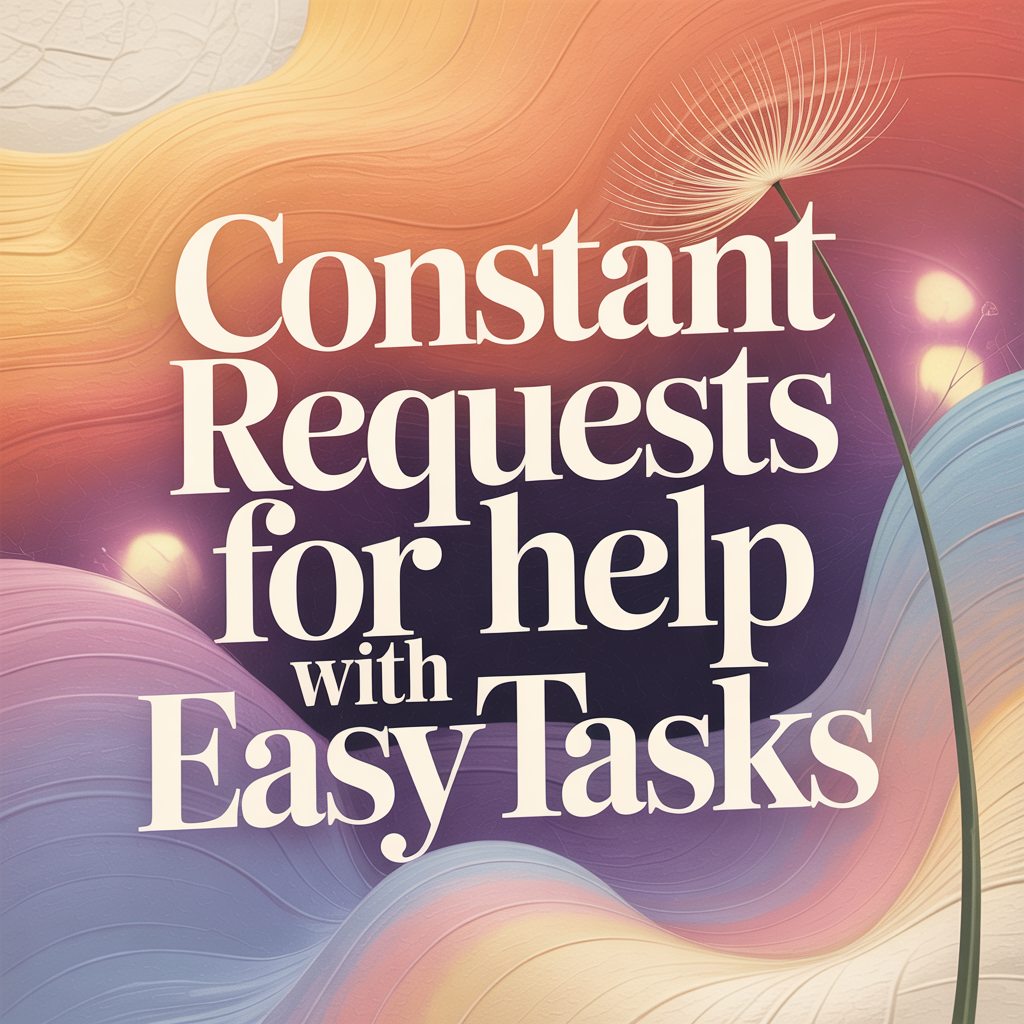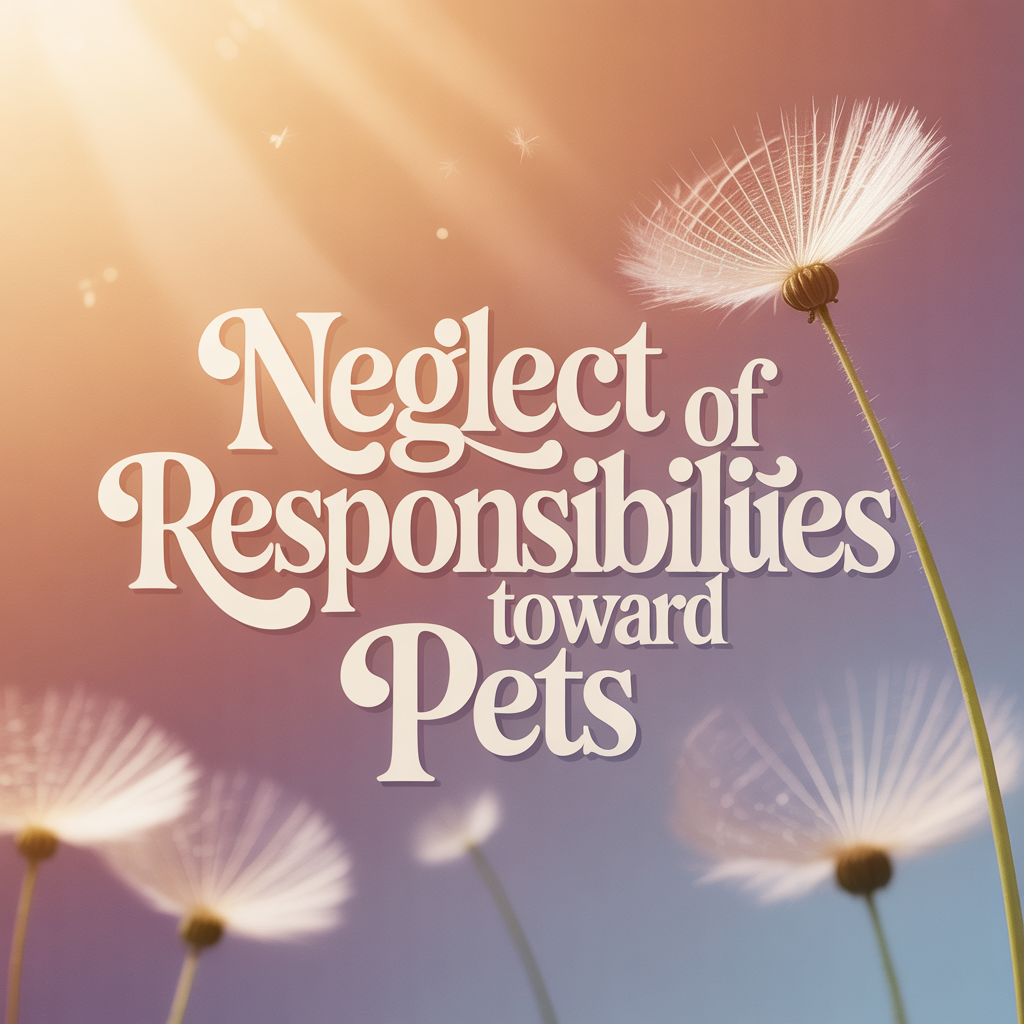
Is your child genuinely tired, or have they quietly mastered the fine art of doing absolutely nothing? Every parent has wondered if their kid is just “taking it easy” or if there’s a deeper pattern of laziness creeping in. From endless excuses to strategic forgetfulness, kids can get surprisingly creative when it comes to avoiding effort. The truth is, laziness doesn’t show up in one dramatic moment; it sneaks in through dozens of little habits that slowly stack up. This list unpacks 25 telltale signs that your child might be leaning a little too hard on the couch cushions and suggests one way to help.
25. Homework Procrastination

If your child always waits until the very last minute to start homework, it could be more than simple forgetfulness. Procrastination often signals an avoidance of effort. Instead of tackling tasks head-on, they stall until pressure forces action. Over time, this pattern can become ingrained. It’s a hallmark of lazy behavior when deadlines are the only motivator.
🧹 Turn Complaints into Completed Chores! 👉 LEARN MORE
24. Endless Screen Time

When screens dominate free hours, it often comes at the expense of chores, reading, or outdoor play. Binge-watching shows or scrolling endlessly is easy comfort. If screens are their default, it’s a sign of low initiative. Productive habits are swapped for passive consumption. This dependency points to a lazy lifestyle creeping in.
23. Dodging Chores With Excuses

Kids who constantly invent excuses—“I’ll do it later,” “I’m too tired,” or “I forgot”—show avoidance. The repetition of excuses is more telling than a single slip-up. Chores teach responsibility, but laziness resists accountability. When excuses outnumber completed tasks, patterns reveal themselves. It’s not a lack of time, but a lack of effort.
22. Never Finishing What They Start

Abandoned puzzles, half-read books, or incomplete projects suggest lack of persistence. Laziness often shows up as short bursts of energy followed by abandonment. Instead of working through challenges, they disengage quickly. This leaves a trail of unfinished activities. It’s a clear marker of low follow-through.
21. Excessive Napping or “Resting”

Everyone needs downtime, but excessive naps or lying around all day is another matter. Kids who retreat to their rooms just to rest signal disinterest in engagement. Laziness hides behind claims of being tired without real exertion. This pattern becomes habit-forming over time. It’s inactivity disguised as recovery.
📲 Tired of nagging? Let this app do the reminding while you relax. ✨
20. Lack of Self-Initiated Activities

A lazy child rarely creates their own fun. Instead, they wait for others to entertain or direct them. Boredom quickly follows when no one steps in. Active kids find ways to stay engaged, lazy ones drift into idleness. This dependency reveals a lack of self-drive.
19. Complaints About “Everything Being Hard”

Even simple tasks are framed as too difficult. This overdramatization is a defense mechanism. By inflating the difficulty, they avoid attempting it at all. It’s a subtle way of saying, “I don’t want to try.” Over time, constant complaining reflects deeply ingrained laziness.
18. Minimal Effort at Sports or Play

When children drag their feet during physical activities, it shows a reluctance to push themselves. Laziness manifests in giving half-effort or dropping out early. Instead of competition or fun, they choose disengagement. Active play requires energy, which lazy kids resist spending. This avoidance is noticeable on the field and playground.
17. Refusal to Help Without Reward

Laziness often hides behind transactional thinking. If kids refuse to help unless bribed with money, treats, or screen time, it signals lack of intrinsic motivation. Helping should sometimes stem from responsibility, not payoff. When reward is the only driver, laziness fills the gaps. It reduces participation to self-interest.
16. Sloppy Personal Hygiene

Basic habits like brushing teeth, showering, or changing clothes require effort. Laziness shows when kids consistently avoid them. Neglecting hygiene often stems from pure disinterest in exertion. Parents see it as defiance, but it’s often plain laziness. Over time, sloppy hygiene becomes a clear indicator of apathy.
💪 From Lazy to Legendary Helpers! 🏡 LEARN MORE HERE
15. Avoidance of Reading

Books demand concentration and effort compared to passive entertainment. Lazy kids often resist reading, claiming it’s boring or too long. They’d rather scroll or watch. This avoidance isn’t always about disliking stories—it’s about dodging the effort required. Resistance to reading is an unmistakable red flag.
14. Messy Rooms Left Untouched

If toys, clothes, and school supplies pile up without effort to clean, laziness is at play. A messy room isn’t always a sign of rebellion—it’s often just inertia. Kids who ignore the mess aren’t motivated by order or pride. The habit of letting things slide reflects low effort. Persistent disorder points to laziness made visible.
13. Constant Requests for Help With Easy Tasks

Asking for help is normal, but lazy kids weaponize it. Instead of trying, they pass responsibility to others. Requests like “Can you get me water?” or “Can you do this for me?” become frequent. They offload effort onto parents or siblings. This over-reliance reveals unwillingness, not inability.
12. Bare Minimum at Schoolwork

Instead of striving, they do just enough to scrape by. Teachers may note missing details, poor handwriting, or rushed answers. This is effort avoidance, not lack of ability. The bare minimum shows comfort in coasting. Laziness thrives when “good enough” replaces effort.
11. Slow Movement on Purpose

Dragging feet, walking sluggishly, or deliberately stretching out simple tasks is telling. Laziness disguises itself as moving in “slow motion.” This isn’t genuine fatigue—it’s avoidance. Kids hope parents will lose patience and finish the task for them. Slowness becomes a tactic of laziness.
🎯 No more battles over chores. This app makes kids WANT to help. 🙌 Check it out
10. Zero Interest in Extracurriculars

Kids uninterested in clubs, sports, or hobbies may simply prefer idleness. Laziness thrives when nothing external pushes them to engage. Instead of building skills, they opt out entirely. While not every child must join a team, chronic disinterest is a clue. It shows satisfaction in doing nothing.
9. Resistance to Outdoor Play

Children naturally have bursts of energy. Refusal to go outside and play signals something different. Lazy kids prefer the couch over sunshine and activity. They often groan when encouraged to move. This sedentary preference points squarely at laziness.
8. Poor Time Management

Lazy kids let time slip without structure. They waste hours without progress, then panic when deadlines loom. This isn’t just immaturity—it’s a habit of avoidance. Instead of planning, they let tasks pile up. Time wasted is effort avoided.
7. Lack of Curiosity

Active minds ask questions, seek answers, and explore. Lazy kids show indifference toward learning or discovery. They’d rather stay comfortable than dig deeper. Apathy replaces curiosity when energy is low. It’s a subtle but telling marker of laziness.
6. Neglect of Responsibilities Toward Pets

If a child constantly forgets to feed, walk, or clean up after a pet, it’s more than forgetfulness. Laziness resists the repetitive nature of caretaking. Animals thrive on consistency, which lazy behavior undermines. This neglect forces others to step in. Responsibility avoidance here is especially clear.
🕒 Stop wasting time chasing after undone chores. 🚀 Start today
5. Complaints About Walking Short Distances

Groaning about walking a block or climbing stairs shows effort-avoidance. Active kids don’t think twice about these tasks. Lazy kids see every step as a burden. Exaggerated complaints about “how far” reflect a mindset of avoiding exertion. Over time, even small efforts feel like monumental asks.
4. Overreliance on Parents for Organization

Lazy kids often expect parents to manage schedules, pack bags, or remember items. They resist taking ownership of their routines. This forces constant reminders and interventions. True independence requires effort they won’t make. Delegating responsibility back to adults is a sign of laziness.
3. Resistance to Learning New Skills

From tying shoelaces to cooking, lazy kids resist effort-heavy learning curves. They prefer others to do tasks for them rather than struggle through. This resistance slows their growth and independence. It’s not inability, but avoidance. Laziness thrives on avoiding discomfort.
2. Chronic Forgetfulness That’s Really Avoidance

Forgetfulness is sometimes genuine, but often it’s strategic. Kids “forget” the tasks they dislike most—chores, homework, hygiene. Laziness cloaks itself as memory failure. But patterns reveal the truth: they remember what they enjoy. Selective forgetfulness signals selective effort.
1. Indifference Toward Consequences

When consequences don’t change behavior, laziness runs deep. If kids shrug off punishments, missed opportunities, or low grades, they’ve grown comfortable with low effort. Indifference shields them from accountability. Without fear of outcomes, laziness cements itself. It’s the most serious sign of all.
🌟 Turn laziness into motivation! Kids unlock rewards every time they finish a task. 🎉 Get the app here






